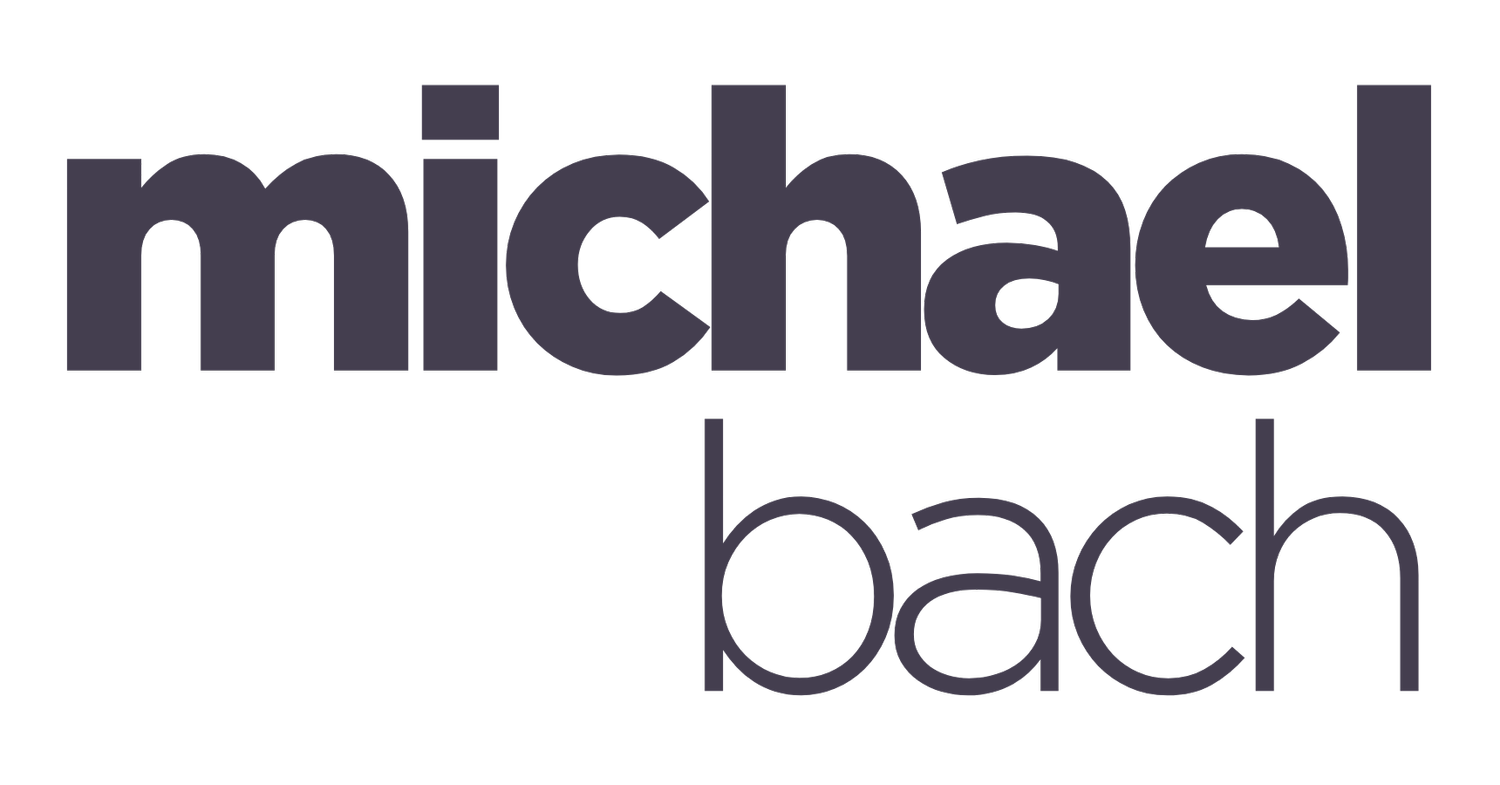Inclusion Means We Need to Take Back the Narrative
Today I read an article on CBC with the headline: North Bay, Ont., group for LGTBQ youth gets death threats for planning drag show.
As I read the article, I got angrier and angrier. I reached out to OutLoud founder Seth Compton to make it clear that for as much hate as they are receiving, there is also love. I posted the article on all my social media channels. I then created another post on each platform – Facebook, Instagram, LinkedIn and Twitter – as a rallying cry to donate to 2sLGBTQIA+ organizations in an attempt to counter hate with love.
Yet, since the posts have been up, there has been very little resharing. Lots of “likes,” which is the equivalent of saying “thoughts and prayers” in response to a school shooting or other violent act. Inclusion doesn’t happen with likes; it happens with action.
Over the past few years, we have seen a significant increase in hateful noise from the “moral authority,” inserting themselves into the 2sLGBTQIA+ conversation (among others). The most recent incidents have been protests against Drag Queen Story Hour at libraries across the continent, and a group of white supremacists who traveled to Coeur d’Alene, Idaho (USA) to cause violence at that town’s 2sLGBTQIA+ pride festival.
OutLoud North Bay’s founder has been inundated with hateful comments and death threats, all because they wanted to put on a drag show for the youth that the organization exists to support. To be clear, they weren’t going to be bringing in adult drag queens for the show, nor were adults welcome. Keep in mind this is an organization that works with 2sLGBTQIA+ youth. They were simply creating space for the youth to put on their own drag show and express themselves.
The experience of OutLoud is not a unique one. Often, we see people using social media to promote misinformation and lies. A very small minority feels empowered and entitled to promote hate from behind the anonymity of an online profile. And research shows that this group is predominantly male, straight, white, poorly educated, and from evangelical faith groups.
However, research from Gallup finds that 71 percent of Americans support marriage equality and 79 percent believe that relations between consenting adults should be legal. The numbers for Canada are nearly identical. The population of people spreading hate against 2sLGBTQIA+ people is significantly small but incredibly vocal.
When these moments occur, the response from the “moral authority” isn’t the issue. Instead, the real problem is the apathy of people who describe themselves as allies of the 2sLGBTQIA+ communities – or members of the communities themselves – who do nothing in reaction to the hateful posts.
I have described #homophobia, #transphobia, and #biphobia as being like fire: they need oxygen to exist. They get their oxygen from others who pile on and share their hate and a lack of pushback from people who oppose their views. If everyone who sees themself as an ally to the 2sLGBTQIA+ communities were to step up and take action, homophobia, transphobia, and biphobia would cease to exist. The #haters would realize that they are in the minority.
There are several ways you can step up and be a more active ally:
Leverage your platform: Use your social media channels to amplify positive messages of inclusion to drown out the noise of people on the other side of the issue. That means either creating your own posts or resharing, retweeting, and reposting the content of others.
Be visible: Put a pride flag or symbol of 2sLGBTQIA+ inclusion (both digitally on your social media channels and in the real world, at home and at work), and leave it up all year round. Homophobia, transphobia, and biphobia are not exclusive to June. We need a focus on #pride365, where we send a message of 2sLGBTQIA+ inclusion every day of the year.
Speak up and speak out: Use your voice to send a message of 2sLGBTQIA+ inclusion by speaking out against homophobia, transphobia, or biphobia. If someone you’re connected with shares something homophobic, transphobic, or biphobic, provide a respectful counter commentary showing your opposition. And yes, you may have to unfriend people who do not share your values…but do you really want to be connected to someone who is homophobic, transphobic, or biphobic?
Call people in, not out: Calling people out is when you address something a person did or said in a way that just blames them or makes them feel guilty without teaching them. Calling people out entrenches a person’s beliefs, however misguided and uninformed. Calling in is when you take the opportunity to help a person learn by having a private discussion to help them understand the impact of their words or actions. It creates a respectful space where people can learn and grow.
We promote what we permit. By not stepping up (and being willing to spend some social capital), we are effectively encouraging the behavior. What is needed to send a message to the vocal minority, that their behavior is not welcome, is the active participation of allies of the 2sLGBTQIA+ communities. We need to take back the narrative.
If every person who saw my posts were to share them on their channels, and then everyone who saw those posts were to do the same (and so on and so on), it would create a ripple effect of 2sLGBTQIA+ inclusion that would drown out the hate. The fire of homophobia, transphobia, and biphobia would simply go out. #lovetrumpshate #takebackthenarrative
